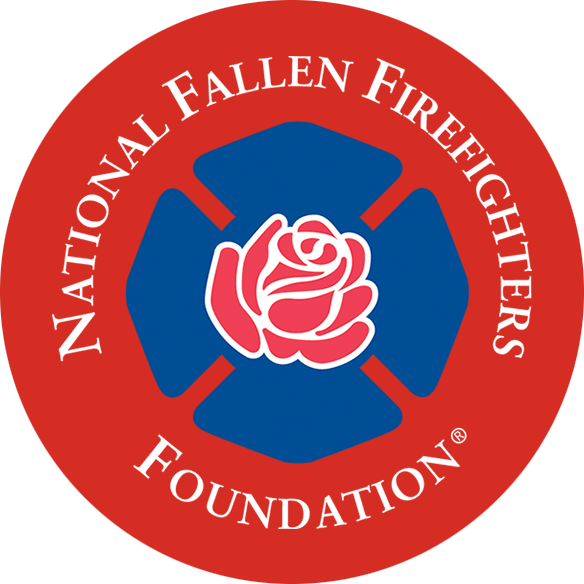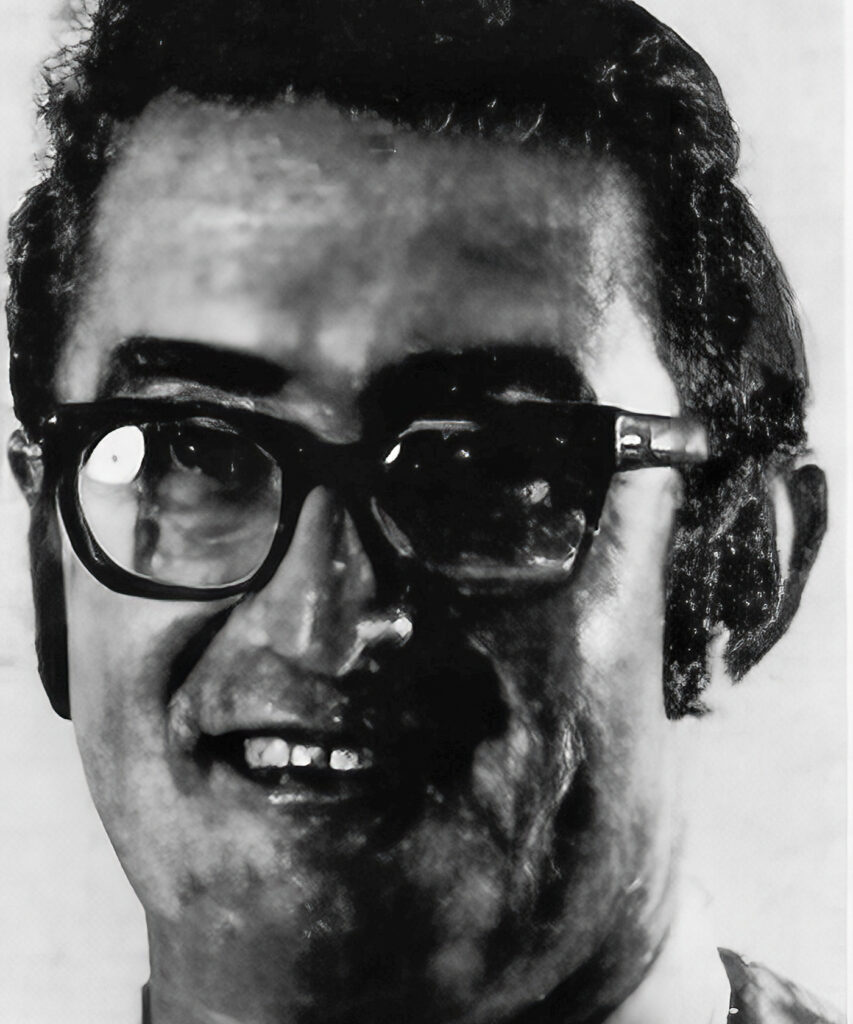Incident Date:
January 2, 1978
Department:
Larkspur Volunteer Fire Department (CA)
Number of Line-of-Duty Deaths:
1
On the cold and rainy afternoon of January 2, 1978, a call was dispatched for a fire at the Greenbrae Convalescent Hospital.
Larkspur Volunteer Fire Department’s Engine 2, the first arriving engine, reported no smoke showing upon arrival. After investigating further, firefighters discovered a fire in the laundry room. They extinguished the fire quickly—and discovered that a rubber mattress pad had been placed in one of the industrial clothes dryers.
Next on the scene, Squad 1 arrived and went to work ventilating the smoke from the building with their smoke ejector. As firefighters worked to clear the smoke, they were unaware that the third-due engine, Engine 1, never made it to the scene. Chief Lellis called Engine 1 on the radio and there was no response. He repeated the call again—still with no response. But then Fire Marshal Doug Archer responded that Engine 1 was out of service and that there was a firefighter fatality.
Engine 1 Responding
Rain had poured into the open cab of Engine 1—an open-cab GMC—as it responded to the scene. As the apparatus rounded a treacherous s-curve in the 600 block of Magnolia Avenue, the tires of the engine dropped from the roadway into a gutter between the road and the curb. An overlay of asphalt had left this drop of more than an inch between the road and the curb. Later, firefighter Robert Sinnott, who was on the back step, would recall seeing both the front and rear tires in the gutter as they entered the curve.
Engineer Irwin “Willie” Wilson adjusted his driving to compensate for the curve—but they began to slide on the wet roadway. He turned the wheel to get the tires back on to the even road surface, at which point the engine veered sharply to the left and into oncoming traffic. It crossed the sidewalk into a small dirt embankment and rolled onto its right side. Firefighter Jim Niven, who was riding in the cab in the officers’ seat, was crushed when the engine landed on its side. Four firefighters who were riding on the back step were thrown from the apparatus and two suffered injuries.
Strong Leadership
Chief Lellis arrived at the accident scene around the same time as Chief Craig Shurtz, who was Jim Nivens’ best friend. They spoke briefly and surveyed the wreckage; they observed the 17-ton, GMC open-cab engine laying on its right side, with the front end smashed. Its hose and equipment had been thrown onto the roadway. Distraught firefighters stood in the cold downpour trying to come to terms with what had just happened, grieving the loss of their friend, and dealing with their own injuries.
While Chief Shurtz went to notify and support Jim’s family, Chief Lellis established command at the accident scene. Knowing that Jim was Catholic, he called for a priest to administer the last rites. A priest from the parish across the street from Engine 1 arrived at the scene to administer the sacrament. Even though only Jim’s hand and forearm were visible at the time, the priest asked Chief Lellis to hold Jim’s hand as the prayers were said. Lellis later recalled painfully that “I held his hand with all the love and devotion I could muster.”
Taking care of its members, the Larkspur Volunteer Fire Department was placed out of service and neighboring companies covered any calls that came in. California Highway Patrol began their investigation and arranged for a wrecker to remove the engine from the scene. But before they could do that, they needed to drain 400 gallons of water from the tank so it would be easier and safer to move. Once they could stabilize the engine, Bay City Ambulance was able to recover Jim’s body.
Even through their own grief, the department leadership not only ensured the care of their beloved brother, but they provided for the continued safety and protection of the community they served. Their example shaped future generations of firefighters and officers and provided a way forward for the department.
The Aftermath
Of all the firefighters who were involved in the accident, only one continued to serve after the incident. Firefighter Robert Sinnott, who was riding the back step that day, went on to be the department’s longtime chief and also served as Deputy Chief of San Rafael Fire Department.
Chief Sinnott recalled his excitement reporting to the firehouse that day—and waiting eagerly for someone to take the officer’s seat so they could respond. Just before they rolled out onto the front ramp, he jumped off the back step and took the officer’s seat. But as they rolled out the door, they heard the distinctive sound of the back door slamming shut: it was senior firefighter Jim Nivens arriving with his gear in hand. Sinnott, who was only 17 years old at the time, deferred to seasoned veteran, who took his place in the front seat as Sinnot returned to the back step.
It wasn’t until later that firefighters learned that Jim Niven’s mother was a resident of the Greenbrae Convalescent Hospital—the location of the fire they had responded to that day.
Honoring Jim’s Memory
In the wake of this tragedy, the Larkspur Volunteer Fire Department implemented safety standards such as seatbelt use for all of its fire apparatus to help prevent future injuries or deaths. Safety standards were developed to help prevent future injuries or deaths. Larkspur Station 1, now known as Station 15, was dedicated in Jim’s memory and a plaque marks the station he served dutifully for 15 years.
Each year, the Larkspur Volunteer Fire Foundation, previously the Larkspur Association of Volunteer Firemen, awards a scholarship to a local high school student in Jim’s memory.




